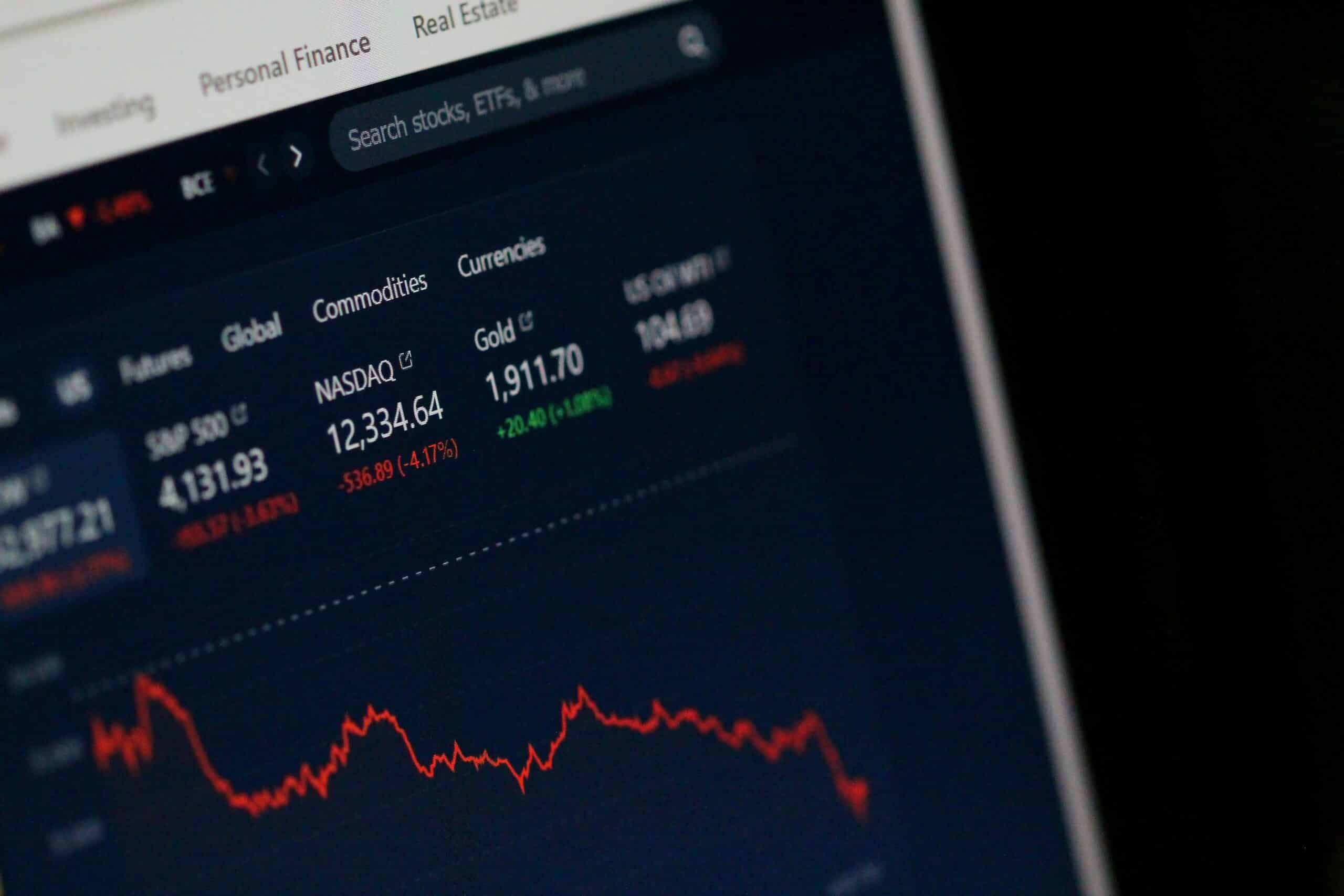Despite the geographical distance between countries, global markets are more interconnected than ever before, which is creating closer correlations between global financial markets, economies, sectors and companies.
The reduction of trade barriers, coupled with liberalised global financial markets and the resultant increase in foreign direct investment (FDI) has driven globalisation as companies look for growth by accessing international markets, accelerating the flow of goods, services, capital, people, and information across borders.
In this modern globalised economy, the correlations that exist between markets and asset classes have significant implications for traders and investors and their investment strategies.

Market correlations defined
A correlation refers to the statistical relationship between the movements of different markets or assets. Correlated markets or asset classes typically move in lockstep with one another, either in a positive or negative fashion.
In this regard, correlation is measured on a scale from -1 to +1. For example, a perfect positive correlation between two assets is measured at +1. Conversely, a perfect negative correlation has a reading of -1.
While perfect positive or negative correlations are rare, markets and assets have become more closely correlated in recent years due to economic and financial globalisation and technological advancements.
For example, as economies became more intertwined, the economic slowdown in China had major economic knock-on effects throughout global supply chains and affected markets worldwide.
Changes in investor risk appetite can also impact market correlations, as correlations may increase during times of risk aversion as investors seek safety in more liquid assets.

Why correlations matter
While it is important to identify correlations between global markets, do-it-yourself (DIY) investors and traders must also understand how market and stock correlations can increase concentration risk and other risk factors in their portfolios.
Certain sectors of the stock market tend to have a strong correlation with one another due to shared economic factors, industry trends, and consumer behaviours.
For example, company performance in certain sectors is closely linked to the prevailing economic cycle. Banks, insurance companies, and other financial institutions, for instance, are often closely correlated with the overall economy, with financial performance influenced by factors such as interest rates, lending activity, and GDP growth.
The industrial sector is another market closely linked to economic cycles, as demand for services like manufacturing and construction is tied to a robust economy that stimulates business activity and consumer spending.
In this regard, a strong correlation also exists with the materials sector, which includes companies that produce raw materials, such as metals, minerals, and chemicals needed to manufacture these goods.
Similarly, the consumer discretionary sector, with companies that produce non-essential goods and services including cars, apparel, and electronics, tends to thrive during periods of economic growth and low interest rates when credit is relatively cheap but is more sensitive to economic downturns, as consumers tend to cut back on discretionary spending in tough economic conditions.

Seeking uncorrelated returns
Holding a large proportion of correlated sectors and stocks in a portfolio increases investment risks because all these investments can lose value should global markets experience a downturn or recession, or an unexpected shock, such as geopolitical events or trade wars.
Investing in markets and assets that are less correlated offers diversification benefits that can help investors reduce the overall risk of their portfolio.
Investors and traders can get a sense of how closely two stocks are correlated by looking at how each one outperforms or underperforms their average return over time in similar conditions.
When adequately diversified, the performance of one market or asset class may offset some of the losses from should other markets or assets experience a downturn.
For instance, consumer staple stocks typically weather downturns in an economic cycle well as demand for necessities such as food, beverages, and household products remains relatively stable.
Primary healthcare is another sector that offers a low correlation to prevailing economic factors as people require medical care regardless of the market conditions.
Diversifying investment strategies
Understanding which global markets, asset classes and stocks are closely correlated can help investors determine the optimal asset allocation for their portfolios.
For example, if correlations are high, investors may need to diversify across different asset classes by adding some exposure to bonds, cash, commodities, real estate and private equity to their overall portfolios to reduce risk.
In a pure stock portfolio, investors can allocate capital to defensive stocks in times of economic headwinds, or boost stock holdings in uncorrelated sectors to balance their equity allocations.
While diversification can neither guarantee a return nor eliminate the risk of losses, the ideal approach to portfolio construction is mixing uncorrelated asset classes and investing in markets with low correlations to reduce overall portfolio volatility and generate more consistent returns over the long term.
As such, investors and traders should consider market and asset class correlations when formulating trading strategies and making investment decisions. By understanding the implications of these correlations and the factors that influence them, investors can make more informed choices and potentially improve the risk-return profile of their global equity portfolios.














